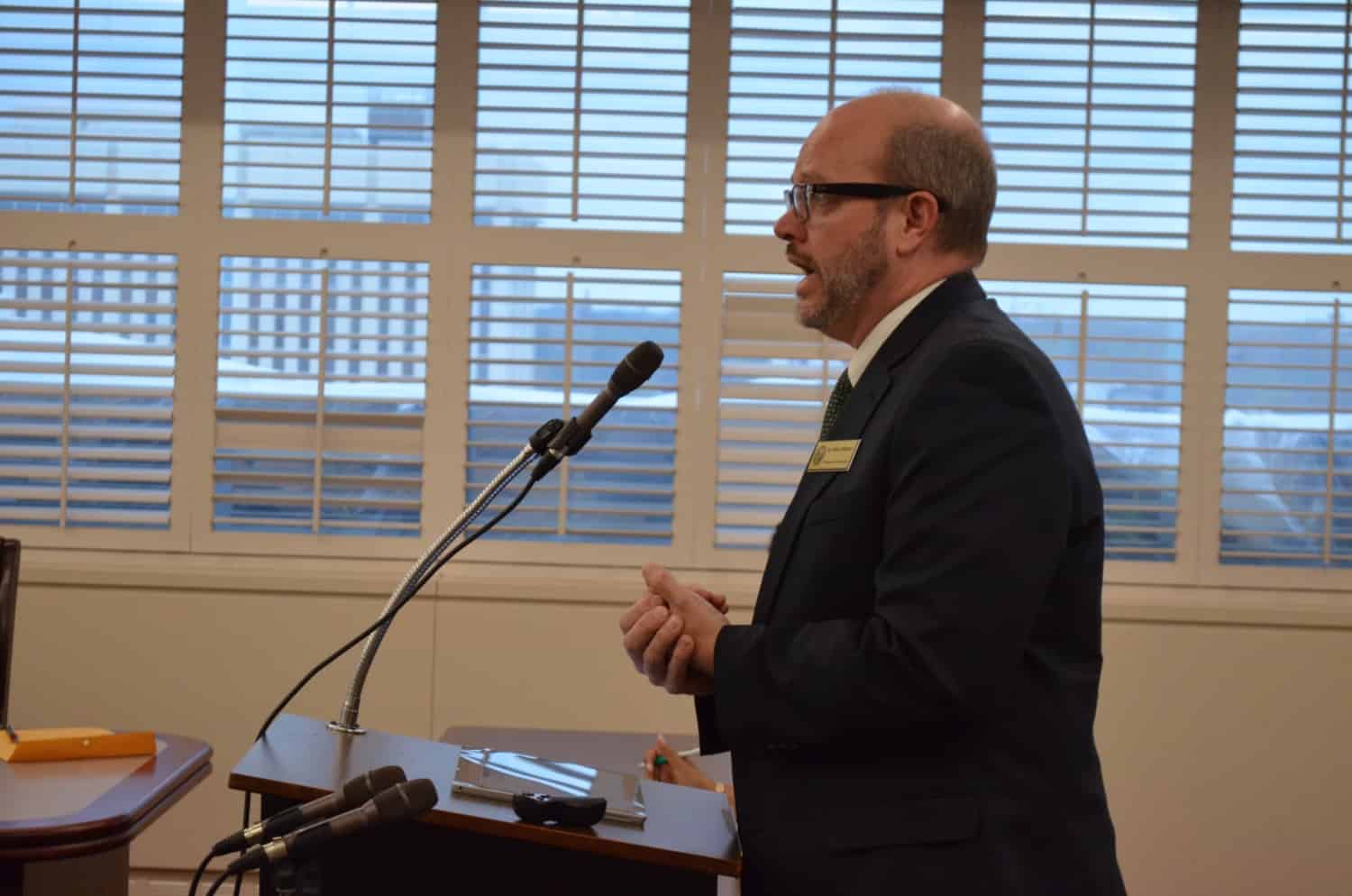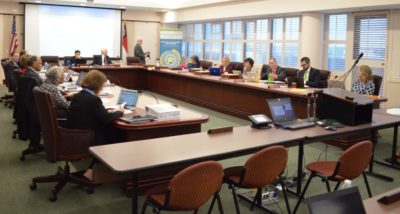About 22 percent of all state teachers have been chronically absent during the last three school years according to a presentation to the State Board of Education today.
The Board heard from staff on the issue of chronically absent teachers, a subject that has not been explored by many officials to date.
“This presentation certainly is not intended to imply or to suggest in any way that we have a problem with excessive absences,” said Board Member Olivia Oxendine, who supervised creation of the presentation. “It is not to infer that classroom teachers should not miss school, or that classroom teachers should have healthy children, or that classroom teachers should not get sick.”
Rather, the presentation builds on a 2017 Fordham Institute report looking at the issue nationwide. The report had a broader definition of chronic teacher absenteeism than the presentation shown to the Board. For the purposes of the presentation, the state Department of Public Instruction (DPI) considered a teacher chronically absent if he or she used 10 or more non-consecutive sick days in an academic year. The Fordham Institute report included consecutive use in its definition.
Sick days are the criteria because of the restrictions placed on teachers as to when they can use leave. Much of their leave is confined to non-instructional days, meaning that if a teacher has an unexpected need to be absent when class is in session, he or she has to use a sick day.
“When school is in session…if a teacher needs to be out, this is a resource that is available for teachers,” said Thomas Tomberlin, director of District Human Resources at DPI.
He explained further that the system actually encourages teachers to take sick leave. There is no value to unused sick days in the short term for teachers. If they are going to spend their entire career as teachers, then sick leave counts towards retirement. But if a teacher does not intend to teach in the state for his or her whole career, then the only value of sick days is to use them.
And increasingly, Tomberlin said teachers do not think they will spend their whole careers in the profession.
“It seems that the research indicates that younger professionals are not seeing careers as a 30-year prospect, but maybe a series of shorter term events, and perhaps even disparate events,” he said.
Delving into the statistics for the past three school years, Timothy Drake, an assistant professor of Education Leadership and Policy at North Carolina State University’s College of Education, said that North Carolina’s stock of chronically absent teachers hovers around 22 percent. He also explained that the concentration of chronically absent teachers is more pronounced in lower-performing schools, though a school’s Title I status or EVAAS growth score does not appear to have as direct a correlation.
The presentation was just a preliminary exploration of the issue to gauge the State Board’s interest in exploring the topic. Board members discussed the presentation, questioning possible reasons for chronic absenteeism among teachers. Amy White wondered if young women early in their career were more likely to be absent.
“Young female teachers in the first 10 years of their career might possibly be absent…because they’re of child-bearing age,” White said.
Drake explained that maternity leave would cover the actual birth of a child, but that taking sick leave to bring young children to the doctor could account for some of the absences.
Teacher of the Year Bobbie Cavnar dovetailed on that issue, saying it should be explored.
“I don’t think we can overstate how many teachers are the primary caregiver for children,” he said.
He also explained how flexibility is a problem for teachers. It is hard to find a substitute to take over class for two hours so a teacher can take his or her child to the doctor.
“What we’ll often do is simply take the whole day because I have to take my daughter to a doctor’s appointment,” he said.
Tomberlin said chronically absent teachers could pose a financial burden to districts as well.
“There is a cost for the LEAs (Local Education Agencies),” he said. “They’re using state funds to pay for these substitute teachers…That’s one of the things we would want to look at in a deeper dive.”
White questioned whether it was appropriate to label teachers as chronically absent when they are using leave.
“You’re doing that because it’s allowed, and now we’re going to label you chronically absent,” she said.
Drake said the North Carolina data is in line with what is happening nationally. He also said that nationally, chronic absenteeism is driven by a relatively small number of teachers.
Teachers, please give your thoughts on this topic below:



